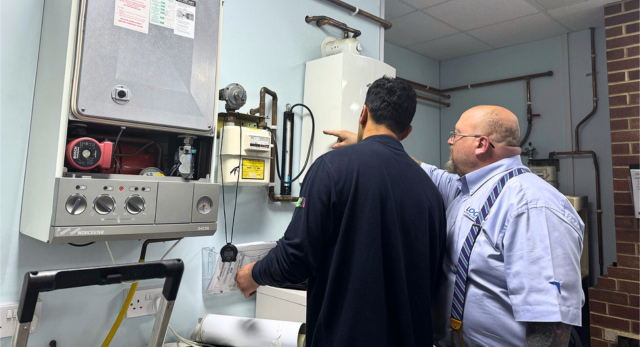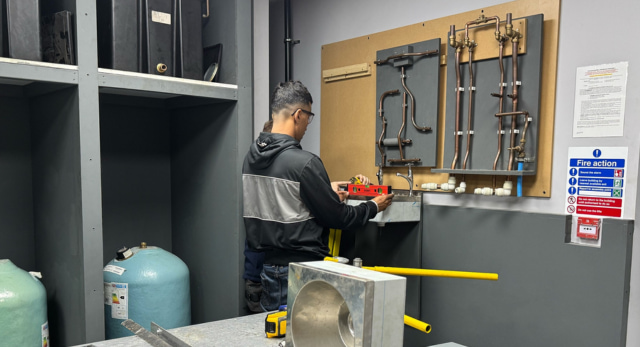Do your customers know that they could save more money by upgrading their ageing radiators?
The industry has done sterling work to convey the message to the end users that replacing a domestic heating boiler will reduce their fuel bills. A new boiler is a significant investment and is not usually an undertaking homeowners actively plan for.
A new heating system usually comes at great cost, and is a distressing purchase to make. As a result, few end users take the opportunity to overhaul and upgrade their system by updating their radiators as well. Engineers and the industry in general needs to make the public realise that the energy savings a new boiler can deliver is partly dependent on having modern radiators.
With the ERP labelling system only covering boiler efficiency and controls, the end users perception of what makes a heating system efficient begins, and ends with the boiler. Some systems may have had more than one boiler update over the years while the radiators can easily be 20 or 30 years old. Radiators like this were designed for systems that used higher system temperatures used until recently.
Advances in radiator technology means that if it is common for households to still be using 20-30 year old radiators, many are simply not feeling the benefits of modern heating technology. Designs are new sleeker and provide adequate warmth at lower temperatures using radiators that are a similar size to their older counterparts.
This means replacing radiators causes little disruption to the properties, despite the lower system temperature. It is this lower temperature that is the key to delivering lower domestic fuel bills as it allows the modern condensing boiler to operate in condensing mode.
Replacing the boiler but not the radiators means that the boiler will still need to run the system at a higher temperature in order to provide sufficient heat in each room. At this higher temperature the boiler will not work in condensing mode and therefore, will not deliver the energy savings the end user will be expecting.
Another reason to replace old radiators when installing a new boiler is to protect the new boiler. If the old radiator has begun to disintegrate, material could fragment and travel through the system. If it reaches the new boiler, a foreign body in the water flow can cause damage to the boiler and jeopardise the system.
If the damage is caused by an ageing radiator it may not be covered under any boiler warrantee.
Installers should make their customers aware of the aesthetic improvements of radiator design, as well as the improvements to efficiency. Suggest different types of radiator like a vertical model to free up wall space, or lower profile models which can be installed beneath a low window sill.
At a time of crisis it is true that installers may find it difficult to suggest additional investment of upgrading the radiators as well as the boiler. But as well as the commercial opportunity for the installer, suggesting investment in both offers more scope to see a satisfied customer and will serve to enhance the installer’s reputation.
Back to Insights

Radiators – Time to upgrade for efficiency
Insights | 14th July 2025
Why Apprenticeships Can Be Better Than University
Read more
Case Studies | 12th July 2025








